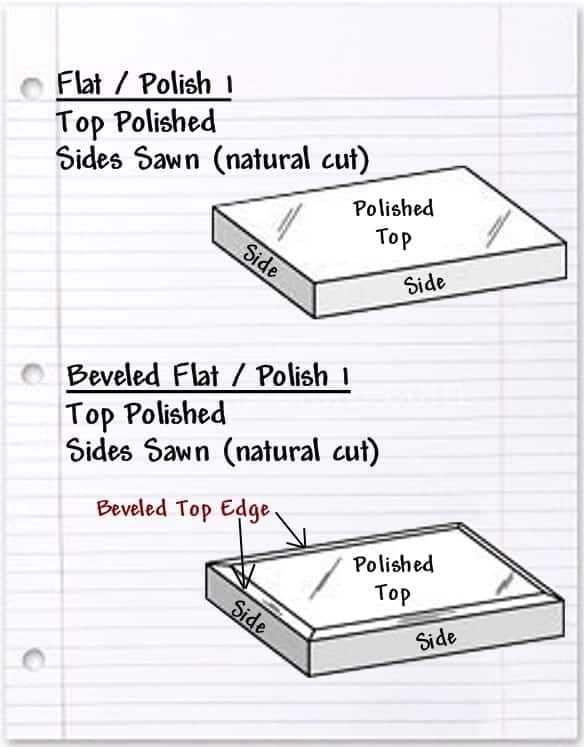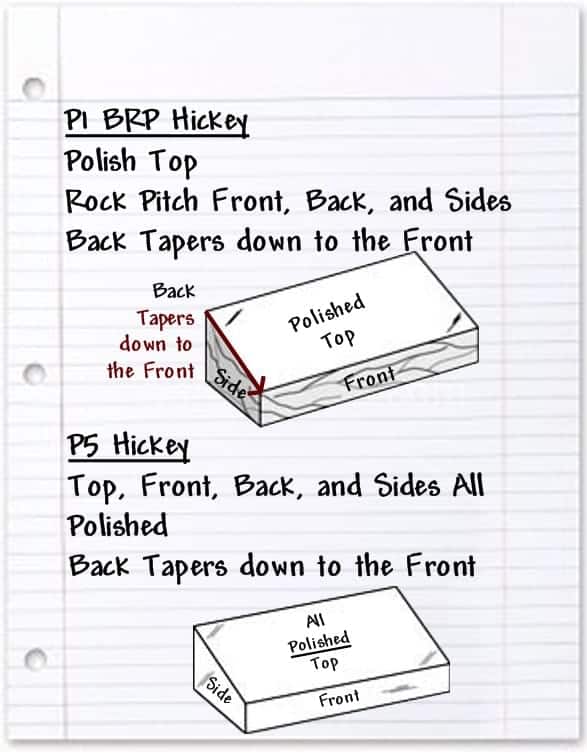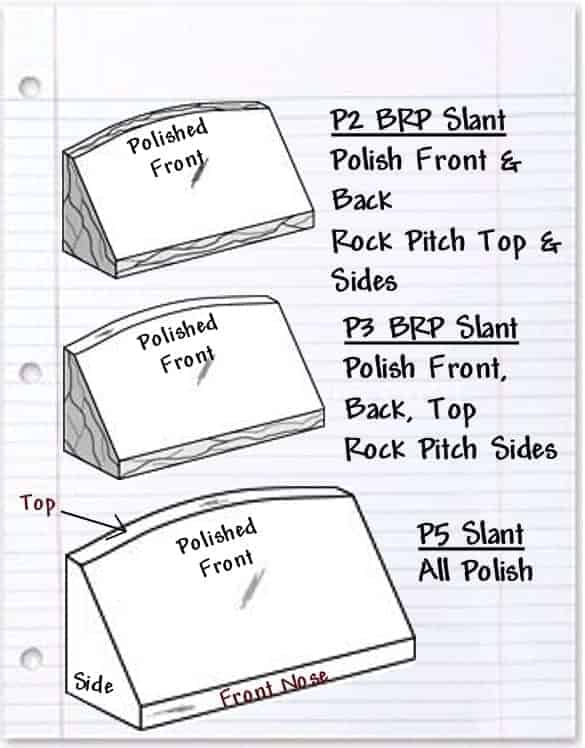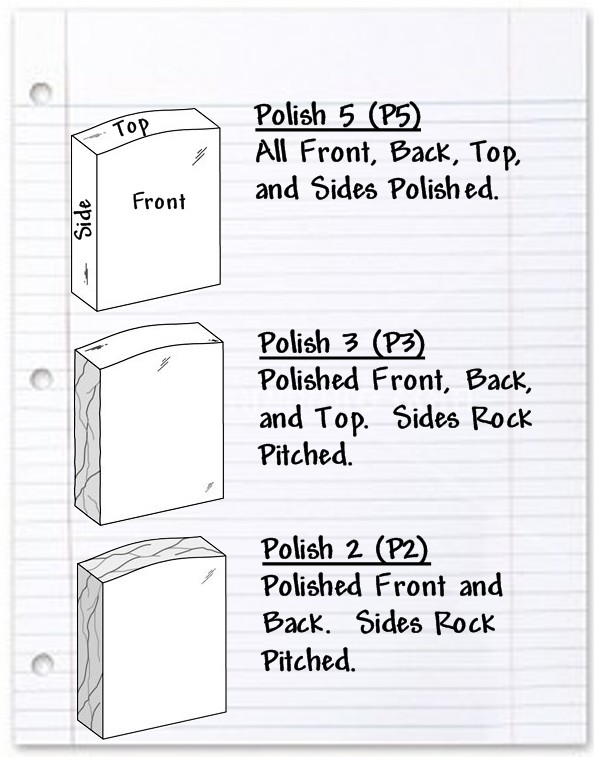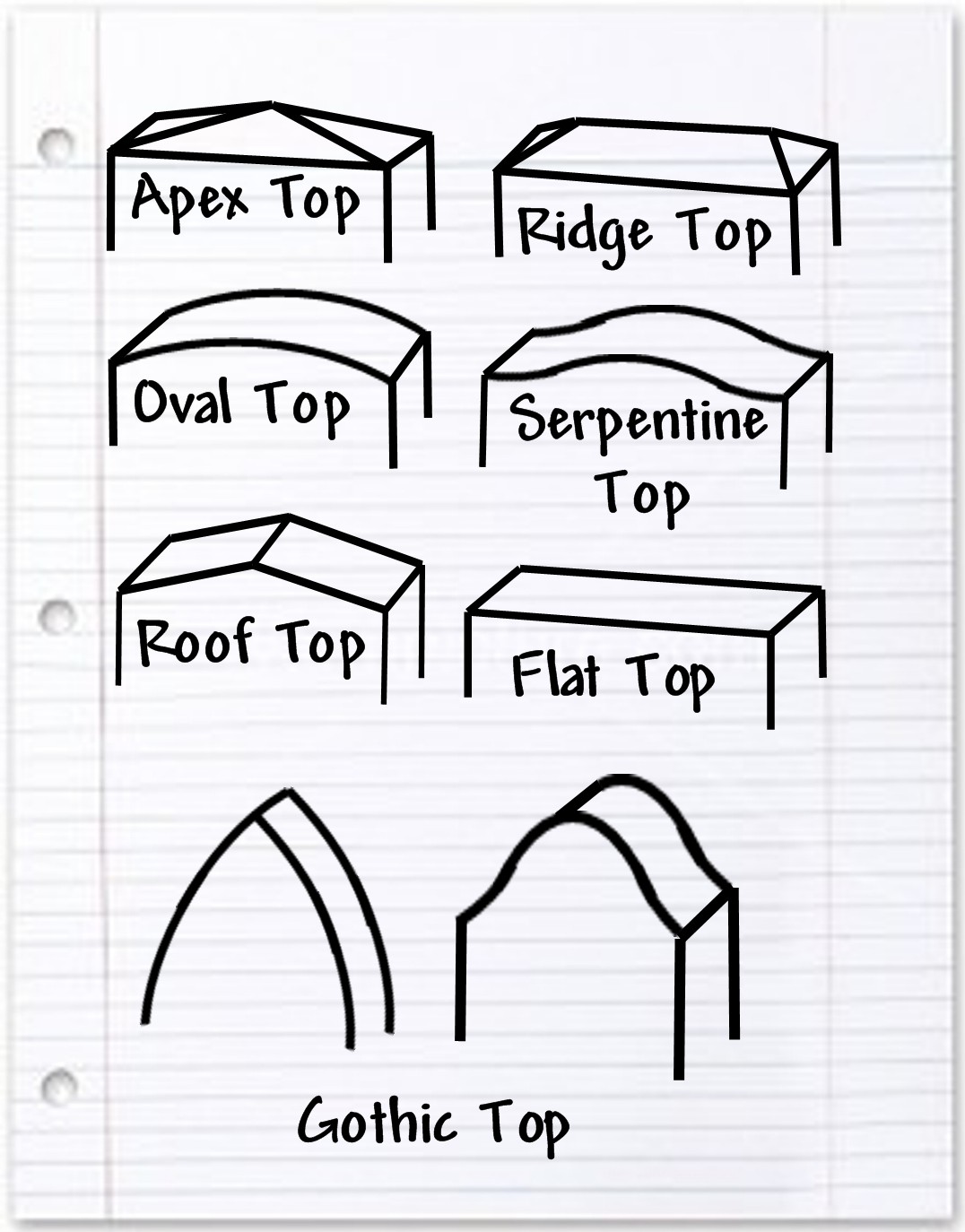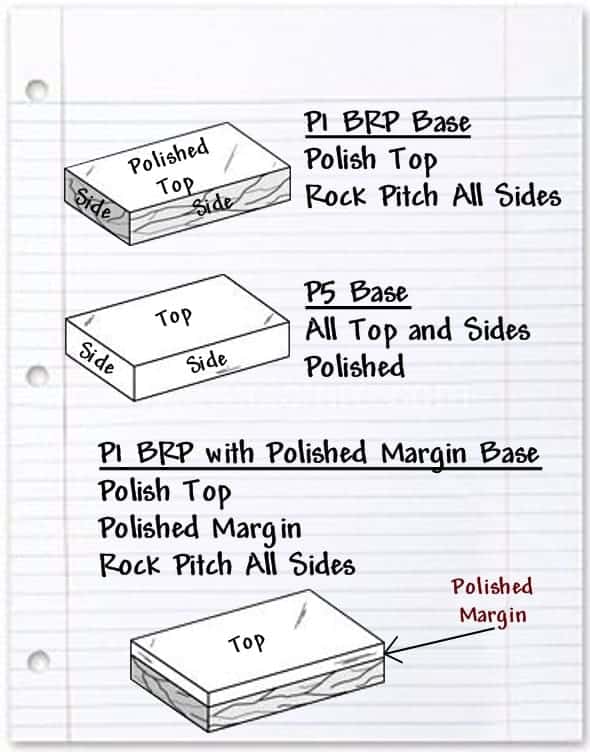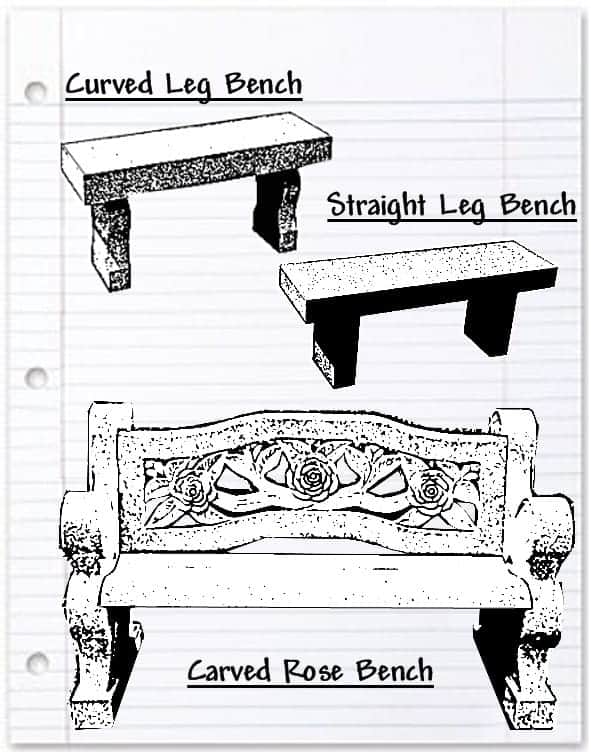Grave Markers 101
Unless you are in the business of ordering, selling, and or installing grave markers, placing an order for one can be a little overwhelming. So let’s begin with the basics.
What is a grave marker?
Grave markers, cemetery markers, tomb stones, and headstones all have the same meaning but are referred to by different names. Grave markers are used to mark the final resting place of the deceased. Name, date of birth, and date of death are the general information placed on the marker. Grave markers have slowly evolved from a marker with standard information to a memorial that honors the life that has passed, and a way for grieving families to express their love. Through the ages and in various locations around the world, grave markers have been made out of stone, marble, bronze, iron, and wood. For its durability and look, granite, marble, and bronze are the materials more commonly used today and most accepted by cemeteries.
Granite
Granite is a hard igneous rock, meaning it is one of the three main rock types found on Earth, it is formed when lava or magma is cooled and solidified, or hardened. It can be found and quarried all over the world. Granite is available in a vast selection of colors. However, not all granite is available or suitable for fabricating grave markers due to the variation of density, composition, and/or block size available at the quarry.
Marble
Marble is metamorphic rock, also one of the three main rock types. It is the end result of changes to the mineral and geological texture of Limestone caused by heat, pressure, and/or chemically active fluids. The variations of color in Marble is due to impurities in the rock. Marble can be used for sculptures, and various grave markers in addition to architecture. Carrara is a white blue/gray high quality marble , found in Italy, used by ancient Rome, and still quarried today.
Bronze
Bronze is a metal combination of tin and copper; sometimes traces of zinc, led, and other elements as well. Bronze is generally mounted on granite bases and gives off a more elegant and sophisticated look. A durable metal, however, limited engraving space and over time it begins to oxidize or patina.
Grave Marker Categories
Grave markers can be categorized, but are not limited to, the following types: flats, dies (or uprights), bases, hickeys (or bevels), slants, benches, monuments, and cremation estates (or houses).
- Flat ~ Flat markers are often set in concrete at the cemetery so they sit level with the ground. Some cemetery’s require the flat grave marker to have a beveled edge; a polished border that receded from the center to the edge anywhere from about 1″ to 2″ in width. The top of the flat is often polished and sides left with a natural or saw finish because it will not be visible once it is placed into the ground; just the polished top is visible.
- Hickey ~ A hickey, or also referred to as a bevel or pillow top is similar to a base in shape, only it tapers from the back to front creating an angled marker. In general, the top of the hickey has a polished finish and the sides can also have a polished finish, rock pitched, and/or have a combination of the two for added engraving space.
- Slant ~ Slants are Wedge shaped markers the have a straight back with the front tapering out towards the bottom. The front and back often have a polished finish for engraving. The front or face of the slant often has a nose that begins where the taper ends and drops 90 degrees to the bottom two inch.
- Die ~ A die sits upright on top of a base for added support. Engraving is typically done on the front and back. The top and sides can have either a polished, rock pitch, and/or honed finish. The top of the die can also vary in shape such as Apex Top, Ridge Top, Oval Top, Serpentine Top, Roof Top, and Gothic Top. The more common being the Serpentine.
- Base ~ A base is what a die, monument, bench, statue, vases, and bronze are often mounted on. It provides added support and acts as a stage to display the memorial. Bases are often polished on the top and have rock pitched sides all around; however, they can also be fabricated with an all polish finish, or with a polish margin or polished border between the top and the rock pitching. The base shape and finishing is not limited to the three mentioned above, however these are more standard.
- Bench ~ Benches come in a variety of styles. Some are cored for cremation remains or are fabricated to have dies and statues attached to it to make a larger monument. Depending on the style and preference, the finished item can be polished, left with a natural finish, carved, or with a combination of finishes.

